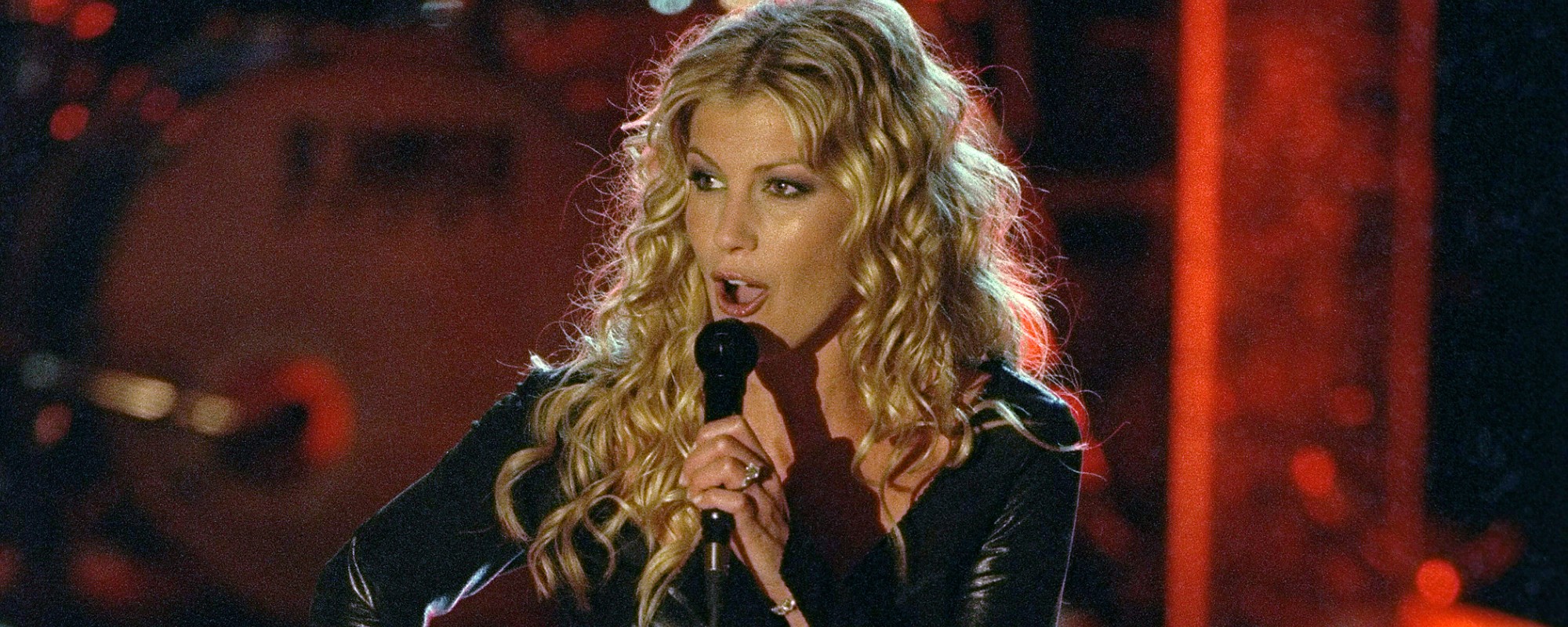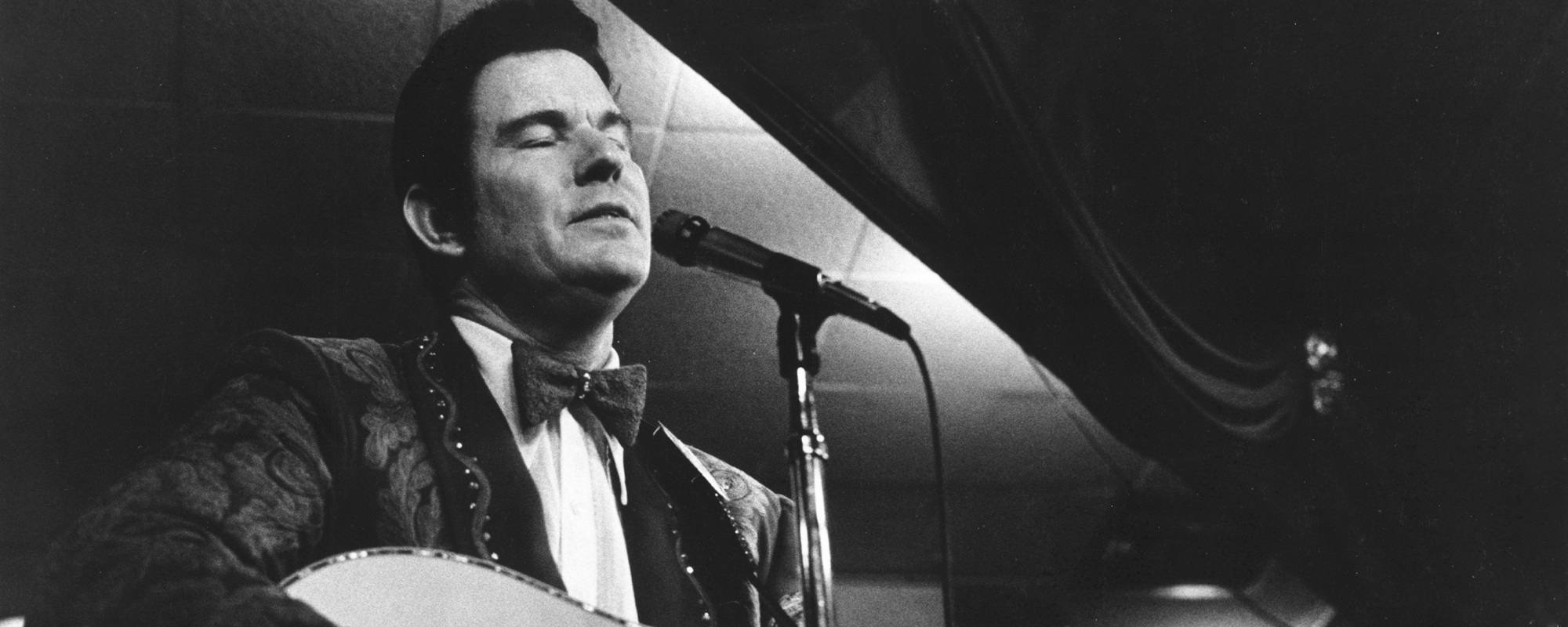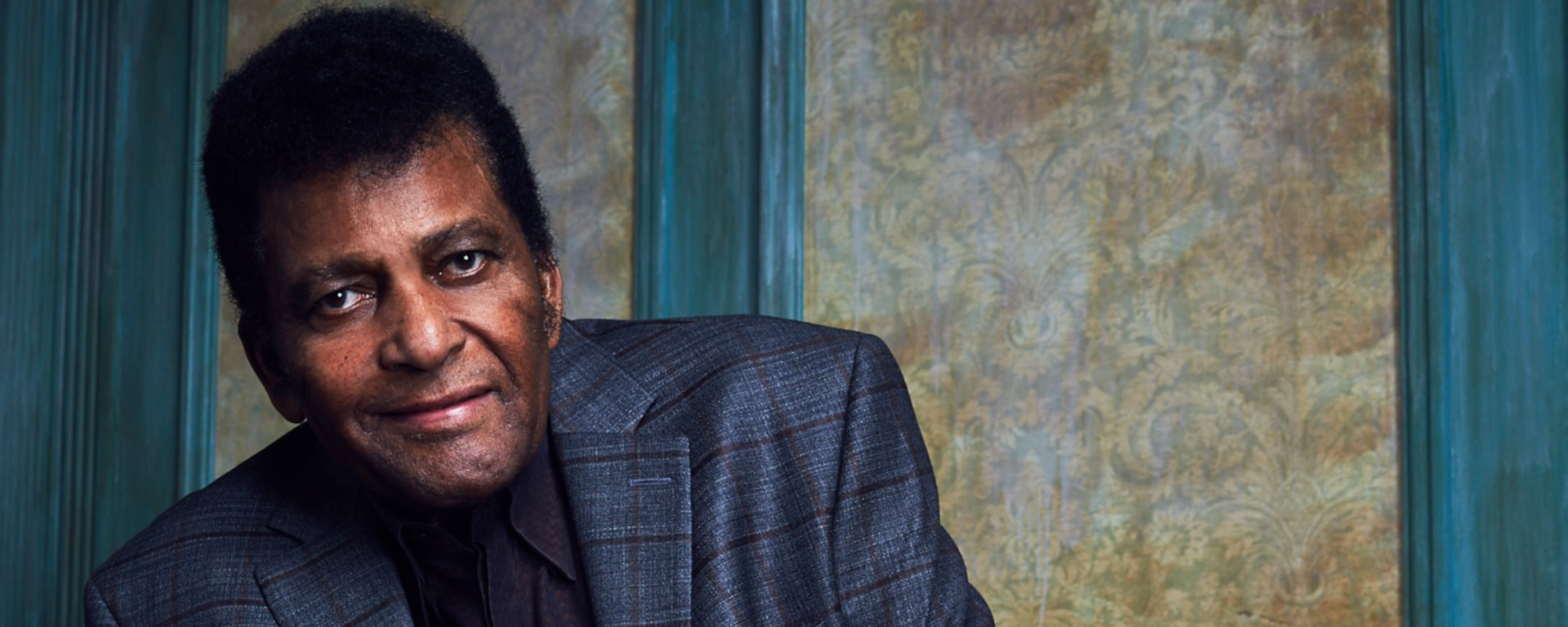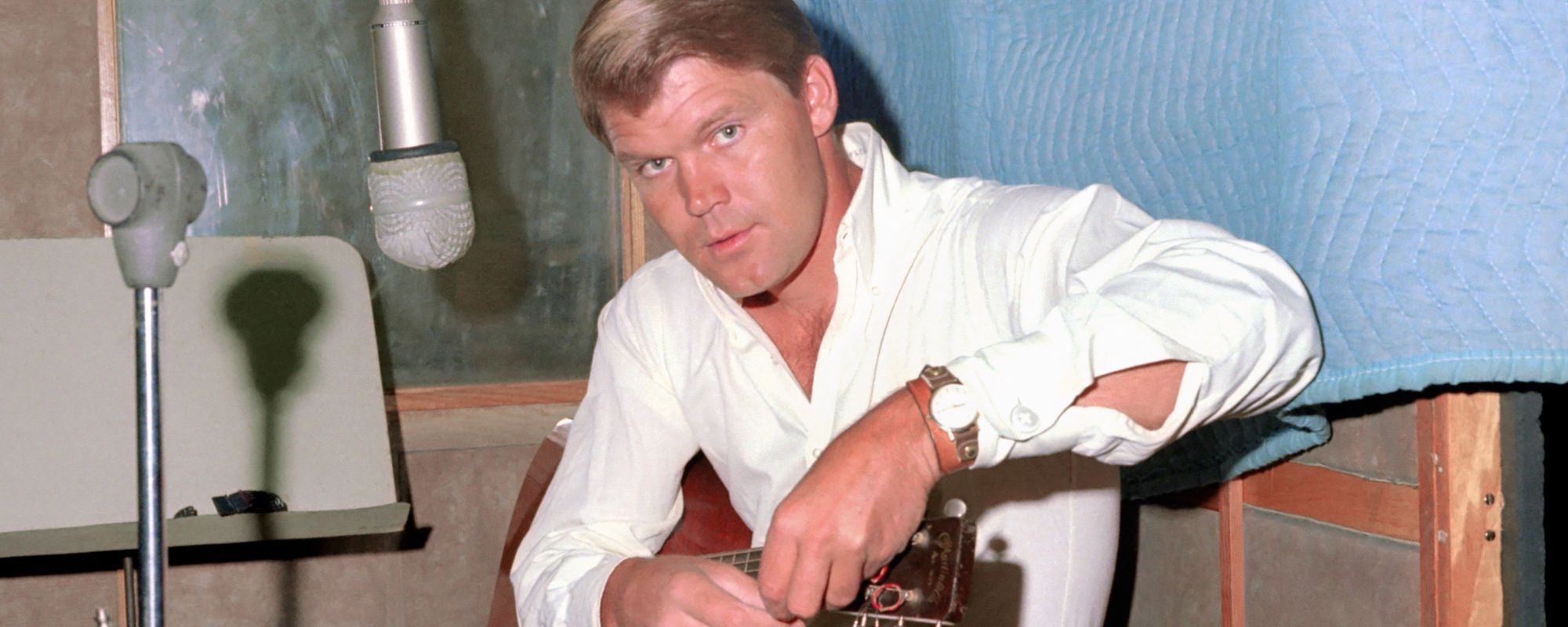The experimental German band Can was formed in Cologne in 1968. Using elements of rock, jazz, and funk, the influential musicians helped pioneer krautrock, also known as kosmische musik, or cosmic music. Largely a student movement born in the late 1960s, krautrock eschewed pop music while reckoning with Germany’s dark past. Even the band’s name evokes a sense of hope and possibility.
Videos by American Songwriter
Can, Kraftwerk, and others experimented with avant-garde composition and technology, setting the stage for industrial music, punk, post-punk, and techno. It was part of Germany’s counterculture in a country still divided decades after the end of World War II. The anti-authoritarianism and anti-fascist movement also led to a democracy within Can, as the band shared songwriting credits and decision-making as a collective. (Can’s core members were bassist Holger Czukay, drummer Jaki Liebezeit, guitarist Michael Karoli, and keyboardist Irmin Schmidt.)
Germany was in ruins, and the generation that inherited this reality created a new culture because the previous one had been utterly destroyed by Nazis. Thus, the formation of what became known as krautrock, a name originating in Britain with the “kraut” part taken from a wartime slur. It also changed the future of rock music as heard in the iconic bands below.
Radiohead
Since “Creep”, Radiohead has reinvented its sound several times. Eventually, the band abandoned the traditional rock format entirely. Inspired by Can, Thom Yorke and producer Nigel Godrich recorded pieces of music that they’d later edit into what became Kid A. Yorke had grown bored with melody and was equally frustrated by hearing bands that sounded like his own. Instead of typical song arrangements, Radiohead’s fourth album blended post-rock, krautrock, and glitchy electronica.
You might think assembling random pieces of vocal phrases into final arrangements would be commercial suicide. But Kid A became Radiohead’s first album to top the Billboard 200. Meanwhile, Jonny Greenwood, who had become an unlikely guitar hero, began creating “riffs” with a modular rack and programming code. Like Can, Radiohead pushed rock music into the future.
Oasis
The lead single to Oasis’ Dig Out Your Soul isn’t a typical Noel Gallagher song. Gallagher became one of his generation’s most prolific songwriters by borrowing heavily from The Beatles, The Kinks, and The Who. When he veered outside those groups, it was Burt Bacharach (“Half The World Away”).
But he mined Can for the energy of “The Shock Of The Lightning”. At the time, he called it the most energetic thing Oasis had done: “It’s kind of more krautrock, you know?” Oasis broke up a year later, and if your band is going to combust, might as well end with a cosmic tune.
Joy Division
Joy Division immediately sounded like the future. Even when the group looked to past artists like Can, David Bowie, or The Velvet Underground, it was the inventiveness of those artists that inspired Ian Curtis, Bernard Sumner, Peter Hook, and Stephen Morris. The music was angular and stiff. Morris’s drumming is machine-like, and the records’ gloomy austerity also reflected the bleak economic prospects of their hometown, Salford, England.
Even when Morris played an acoustic drum kit, it sounded and felt electronic. While many drummers continued in the tradition of Keith Moon or John Bonham, Morris preferred the motorik rhythms of Neu! and Can. Motorik is a German term for “motor skill,” pioneered by Can’s drummer Jaki Liebezeit. Morris’s precision echoes the rigidity of a drum machine, which he also employed.
Photo by Jim Dyson/Getty Images








Leave a Reply
Only members can comment. Become a member. Already a member? Log in.